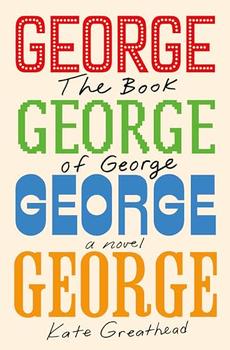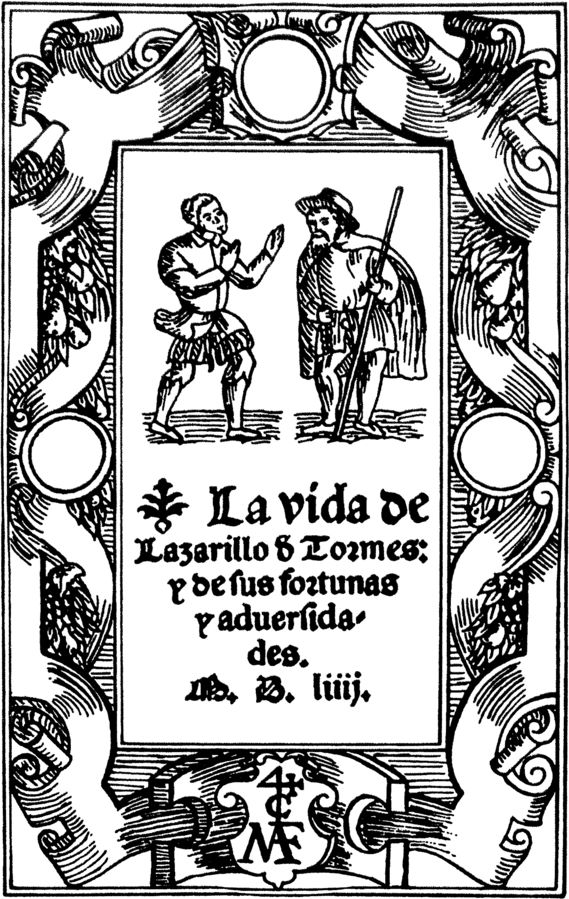Summary | Excerpt | Reading Guide | Reviews | Beyond the Book | Read-Alikes | Genres & Themes | Author Bio

A Novel
by Kate GreatheadThis article relates to The Book of George
 In The Book of George, Kate Greathead covers the life of her eponymous hero in 14 chapters depicting key moments from his first 40 years. In doing so, she draws on elements of the picaresque, an episodic literary genre in which an outsider moves from adventure to adventure while satirizing the society of the day.
In The Book of George, Kate Greathead covers the life of her eponymous hero in 14 chapters depicting key moments from his first 40 years. In doing so, she draws on elements of the picaresque, an episodic literary genre in which an outsider moves from adventure to adventure while satirizing the society of the day.
The picaresque is one of the earliest forms of the novel. It originated in 16th-century Spain during the country's "Golden Age," and is believed to have drawn from diverse influences such as Apuleius's The Golden Ass (the only Roman novel to survive in its entirety) and the Arabic Maqāmāt literature of Islamic Spain. In time, the genre evolved as a counterpoint to existing chivalric romance. Instead of recounting the heroic deeds of knights, however, picaresque novels followed a loveable rogue—the Spanish word pícaro can be translated as "rogue"—who uses his wits to succeed in an unjust world.
The genre is generally considered to have its first recognizable expression in the anonymous Lazarillo de Tormes from 1554, in which the young Lazarillo serves various religious masters and exposes the hypocrisy of the Church. One of the first Spanish literary works banned by the Inquisition, Lazarillo would see a plethora of imitators appear at the turn of the next century. Most influential among these was Miguel de Cervantes's Don Quixote (1605). Although not picaresque in the strictest definition, the episodic nature of the novel and its social satire are undeniably marked by the popularity of pícaro tales in the Spanish Golden Age.
From Cervantes, the picaresque traveled north over the Pyrenees and east over the Atlantic to the New World. While the appeal of this plotless, episodic genre waned over the centuries in favor of more linear narratives, classic works of literature continued to rely on its key elements: The History of Tom Jones and Moll Flanders in the 18th century, Vanity Fair and The Pickwick Papers in the 19th. Mark Twain's Adventures of Huckleberry Finn, with its rascally, street-smart protagonist, owes more than a little to Cervantes and the Spanish picaresque.
Given the wide range of literary works spread across centuries and continents that deploy picaresque elements, it's little wonder that scholars hotly debate the scope and shape of the genre. As the academics John Kent and J. L. Gaunt put it bluntly, "no one seems to know precisely what is picaresque and what is not." Several key characteristics, however imperfect, have nevertheless been proffered over the years: e.g., first-person narration, strict realism, social satire, a protagonist of low station, and a struggle for existence in a hostile and chaotic world.
Kate Greathead's The Book of George clearly does not comply with all these usual characteristics of the genre. Most glaringly of all, George comes far from any low station in life. However, one might be able to read playful satire in this inversion of generic convention: in many ways, Greathead applies the picaresque to reveal a central flaw in modern masculinity. After all, it speaks to George's absurdity that, born with all the privilege of a well-connected white male in the richest nation on Earth, he still can't help thinking of himself as one of life's victims—a lonely pícaro on the margins of society.
Title page for Lazarillo de Tormes (Impresor Mateo y Francisco del Canto, 1554), via Wikimedia Commons
![]() This article relates to The Book of George.
It first ran in the November 6, 2024
issue of BookBrowse Recommends.
This article relates to The Book of George.
It first ran in the November 6, 2024
issue of BookBrowse Recommends.
Your guide toexceptional books
BookBrowse seeks out and recommends the best in contemporary fiction and nonfiction—books that not only engage and entertain but also deepen our understanding of ourselves and the world around us.